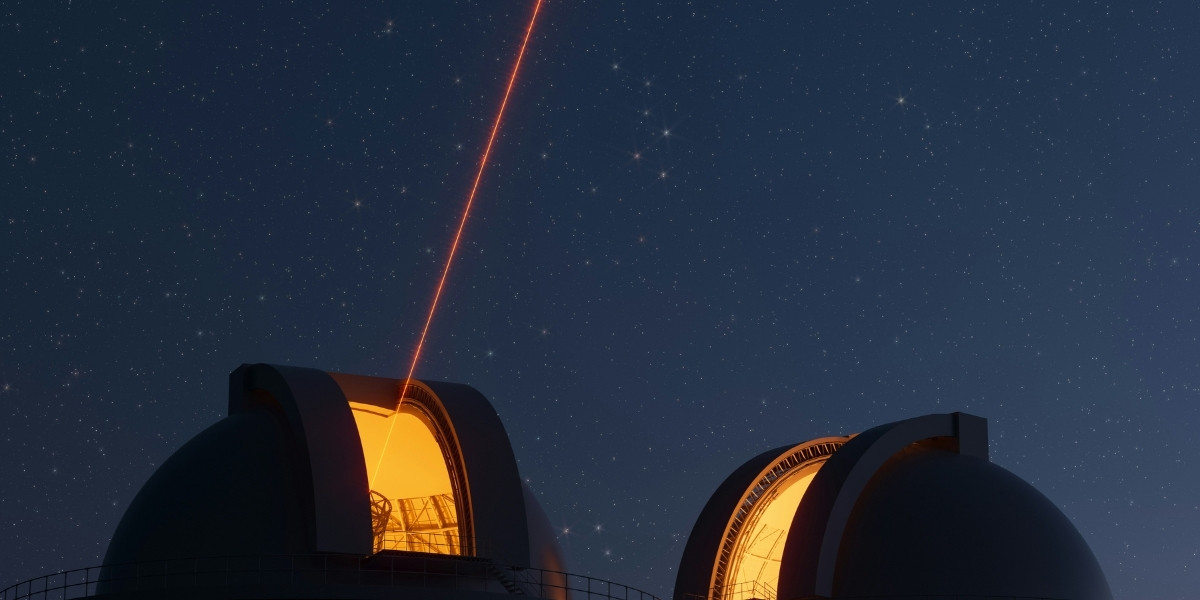What Makes the Universe So Incredibly Vast?
When we look up at the night sky, it’s easy to forget just how big the universe truly is. The sheer scale of it can seem impossible to comprehend, especially when we try to measure distances that span millions or even billions of light-years. But in simple terms, the universe is everything we know exists: galaxies, stars, planets, and all the space in between.
At its most fundamental level, the universe is expanding. This means that everything—every galaxy, star, and planet—is moving away from each other over time. Imagine blowing up a balloon and watching the dots on it move farther apart as the balloon inflates. That’s how we understand the universe’s continuous growth.
Read Also: Swimming’s Popularity: A Deep Dive Into Its Global Appeal
How Do We Measure the Vastness of the Universe?
To measure the universe’s scale, scientists use a variety of methods and units, because regular measurements like miles or kilometers just don’t cut it. One of the most important units is the light-year, which is the distance light travels in one year—about 5.88 trillion miles (9.46 trillion kilometers).
Using light-years helps scientists measure the distance between celestial objects like stars and galaxies. For instance, when we say the nearest star to Earth, Proxima Centauri, is 4.24 light-years away, we’re saying that light from this star takes just over four years to reach us.
But even using light-years, the distances are so vast that they’re difficult to grasp. For example, our Milky Way galaxy alone is about 100,000 light-years wide. Now imagine that there are billions of galaxies in the universe, each containing billions of stars. The numbers quickly spiral into unfathomable territory.
What Are the Key Components of the Universe?
The universe isn’t just about planets and stars—there’s a whole range of components that make it up. First, we have galaxies, which are massive collections of stars, planets, gas, dust, and dark matter. Our galaxy, the Milky Way, is just one of the billions of galaxies scattered across the cosmos.
Within galaxies, you’ll find stars, which are the fundamental building blocks of any solar system. The Sun is just one star among billions, and it’s located about 93 million miles from Earth. The planets, moons, and other bodies revolve around these stars, forming solar systems. Our solar system is located in the outer edge of the Milky Way galaxy.
Then, there’s dark matter and dark energy, two mysterious forces that scientists are still trying to fully understand. Dark matter makes up most of the mass in the universe, but we can’t see it. Dark energy is thought to be responsible for the acceleration of the universe’s expansion.
How Big Is the Universe Beyond Our Galaxy?
If the Milky Way is just one galaxy in the universe, how big is the universe as a whole? The observable universe is estimated to be about 93 billion light-years in diameter. This means that the farthest objects we can see are 46 billion light-years away. The reason the observable universe has this size is because light from distant objects has taken time to reach us, but the universe is likely much bigger beyond that.
Beyond our galaxy, there are billions of other galaxies scattered throughout space. Some are relatively close to us, while others are so far away that their light is just beginning to reach us. In fact, some galaxies are moving so quickly that their light is shifted into wavelengths we can’t see, a phenomenon called redshift.
The largest structures in the universe are called galaxy clusters. These clusters are groups of galaxies bound together by gravity. Some of the largest clusters can contain thousands of galaxies, and the space between them is filled with hot gas and dark matter.
What Are the Limits of Our Knowledge of the Universe?
The universe is so vast that we can only study a small portion of it at any given time. Even with advanced telescopes like the Hubble Space Telescope, we can only see a fraction of the universe—and that’s just the observable part. The actual universe extends far beyond what we can observe with current technology.
Moreover, the universe is constantly expanding, which means that the furthest galaxies are getting farther away from us. As they move away, their light becomes more redshifted, and eventually, it may become impossible to detect. This limits how much we can understand about the farthest reaches of space.
Scientists are constantly working to improve our understanding by studying cosmic background radiation, gravitational waves, and other cosmic phenomena. Each discovery leads to more questions and a deeper understanding of how the universe works.
Read Also: The Abundance of Recreational Activities in Vegas
How Does the Scale of the Universe Impact Our Place in It?
When considering the sheer scale of the universe, it’s natural to wonder: what is our place in all of this? With billions of galaxies, stars, and planets, it’s easy to feel insignificant. But the universe’s size also brings a sense of wonder—there’s always something new to learn and discover.
Astronomers and physicists continue to search for new planets, stars, and even signs of life beyond Earth. The universe remains a mystery, one that invites humans to keep exploring, learning, and marveling at its unimaginable scale.








